Getting rice to turn out just right can feel like a challenge, but it really doesn’t have to be complicated. The key is understanding these 11 tips on making rice that help the grains cook evenly and stay fluffy, rather than sticky or mushy. Whether you’re making a quick weeknight dinner or prepping a bigger meal, knowing how to handle rice properly saves time and avoids frustration.
With a little practice and some straightforward tips, you can consistently make great rice that complements any dish. From how you measure water to how long you let it rest, each step matters. Once you get the hang of it, cooking rice will become second nature, and you’ll feel confident serving it up as a perfect side or base for your meals. It’s all about making rice that works well every time.
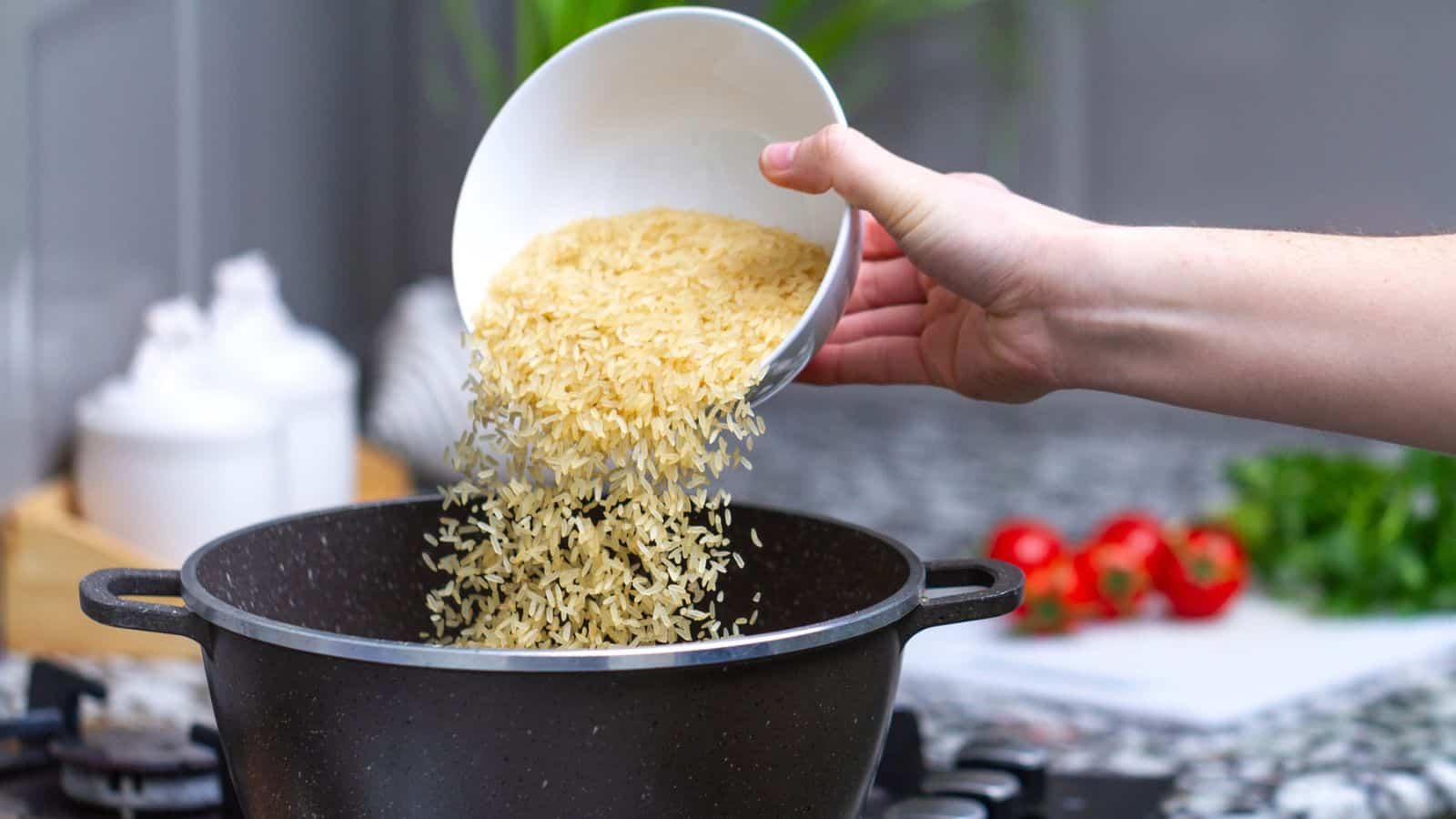
Choose the Right Rice
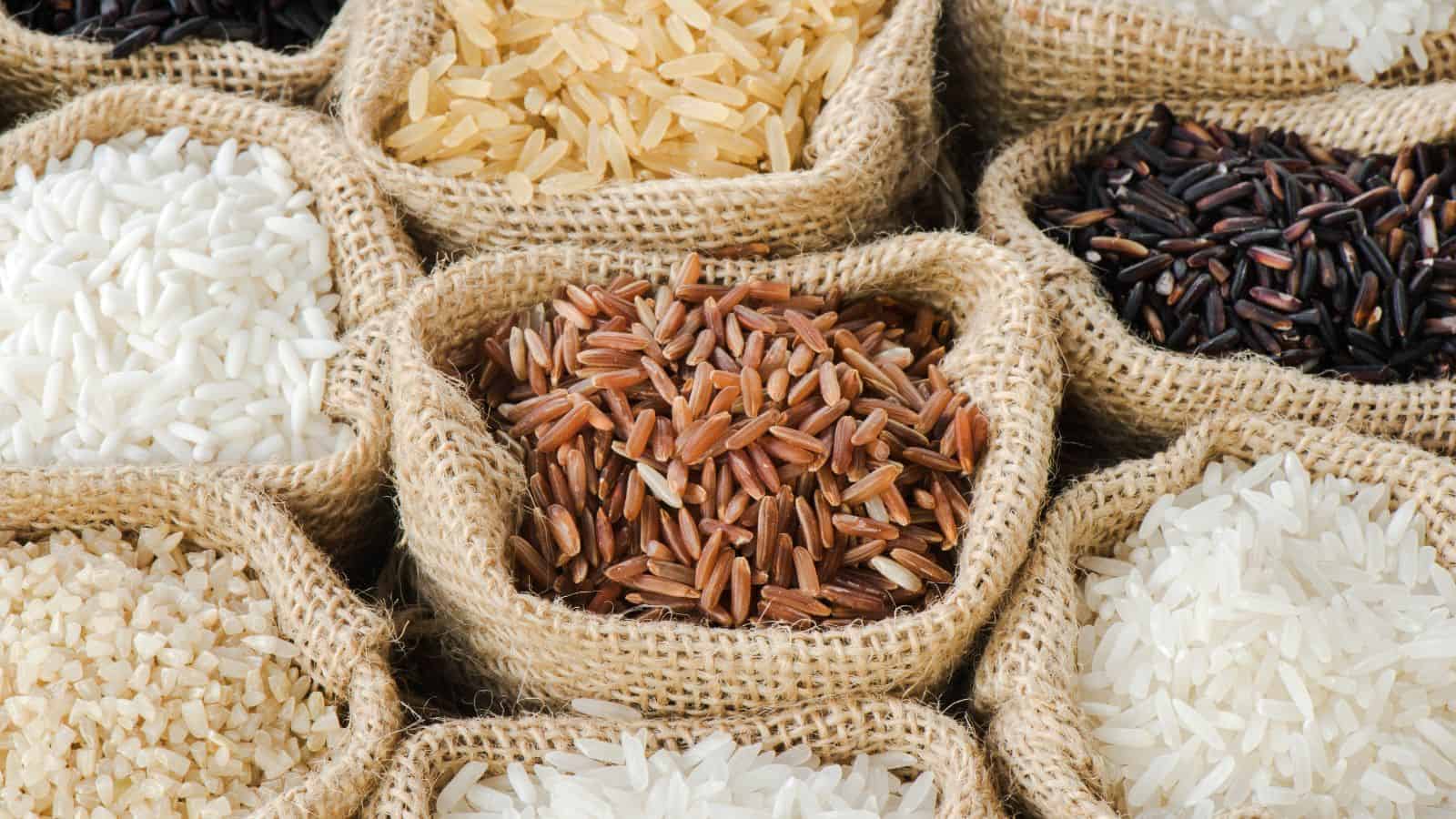
Selecting the appropriate type of rice is crucial because different varieties have distinct textures and cooking properties. For example, long-grain rice tends to remain separate and fluffy, making it ideal for pilafs and side dishes. Short-grain rice is stickier and works well for sushi or risotto. Aromatic types, such as basmati or jasmine, have distinct fragrances and textures that complement certain dishes. Knowing which type suits your recipe will help you achieve the desired texture and appearance, making the dish more enjoyable and aligning with the style of cooking you are aiming for.
Rinse the Rice
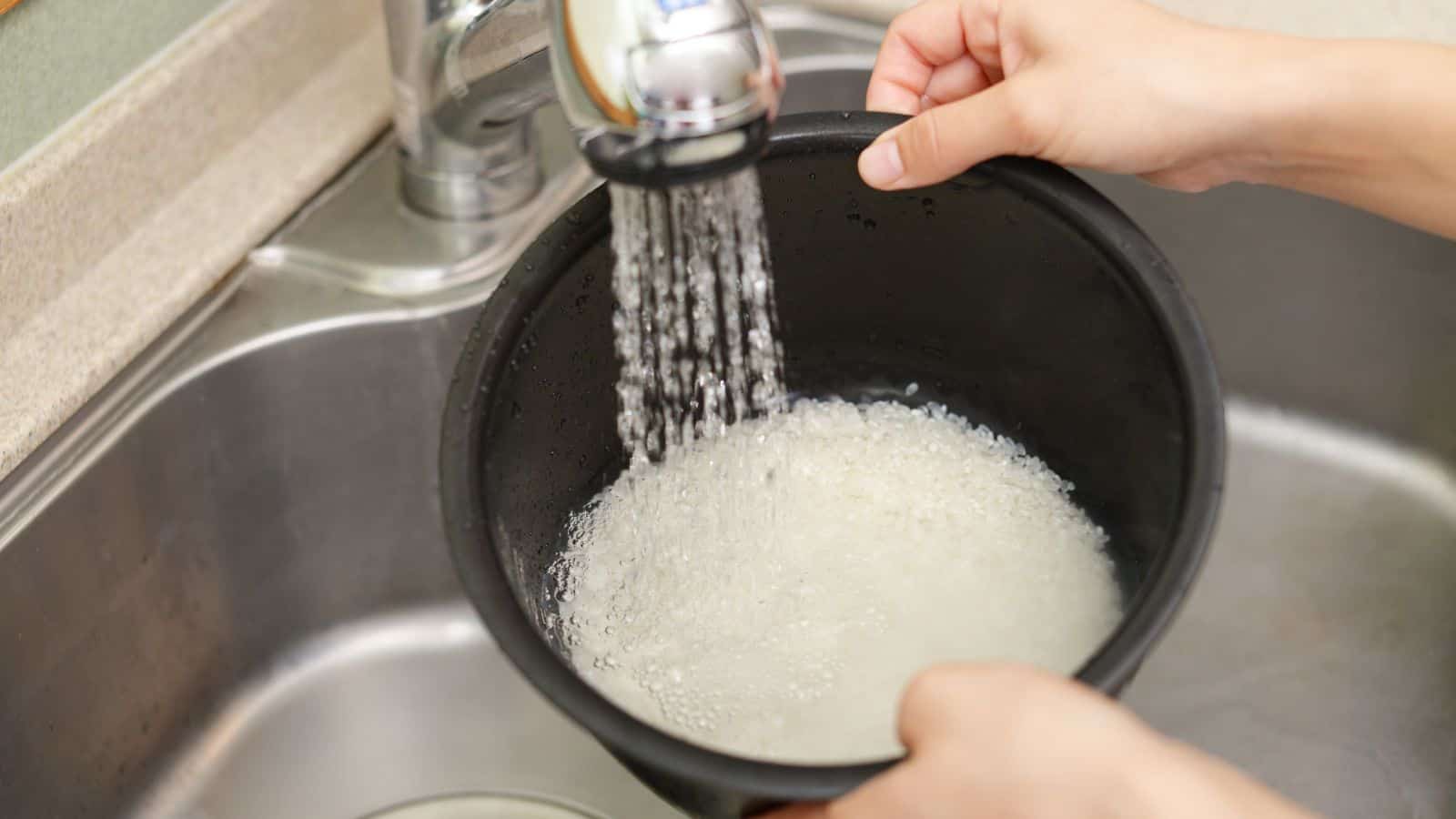
Washing rice before cooking removes surface starch that can cause the grains to clump together and become sticky. Running cold water through the rice until it runs clear helps separate individual grains and improves texture. This step also eliminates any dust or impurities that may be present from packaging or storage. Taking the time to rinse rice thoroughly contributes to a cleaner, lighter final dish where each grain retains its shape instead of forming a dense mass. This simple preparation step can make a significant difference in the outcome.
Measure Water Accurately
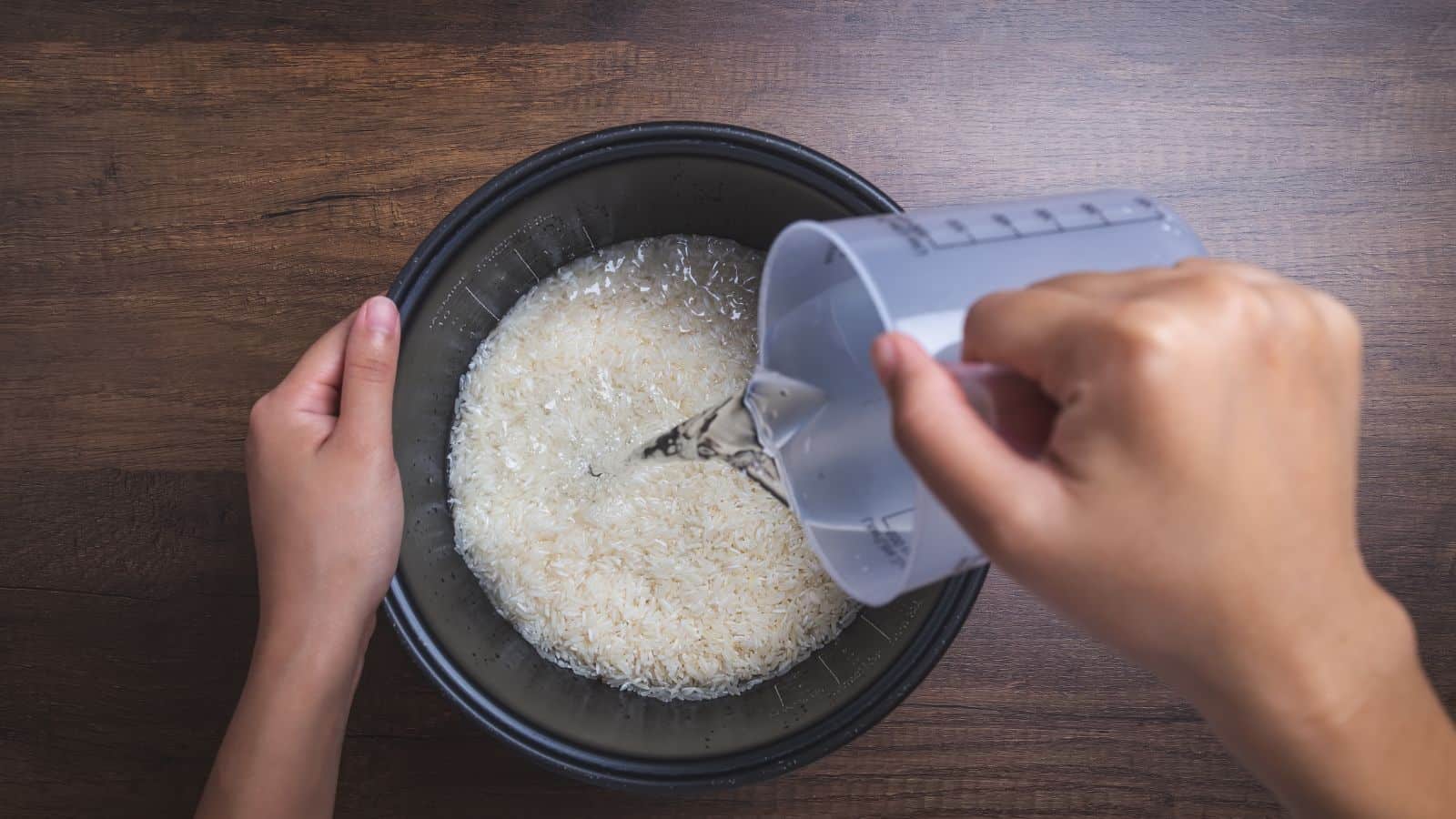
The quantity of liquid used in cooking rice greatly influences the texture. Too much water can result in mushy rice, while too little leaves it undercooked or hard. Different rice types absorb water at varying rates, so following the recommended ratio for the specific rice you are using is important. Using a measuring cup to add the right amount of water helps maintain consistency in cooking results. Adjustments might be necessary based on altitude or pot type, but starting with precise measurements is the foundation for achieving rice that is neither too dry nor overly wet.
Soak the Rice (Optional)
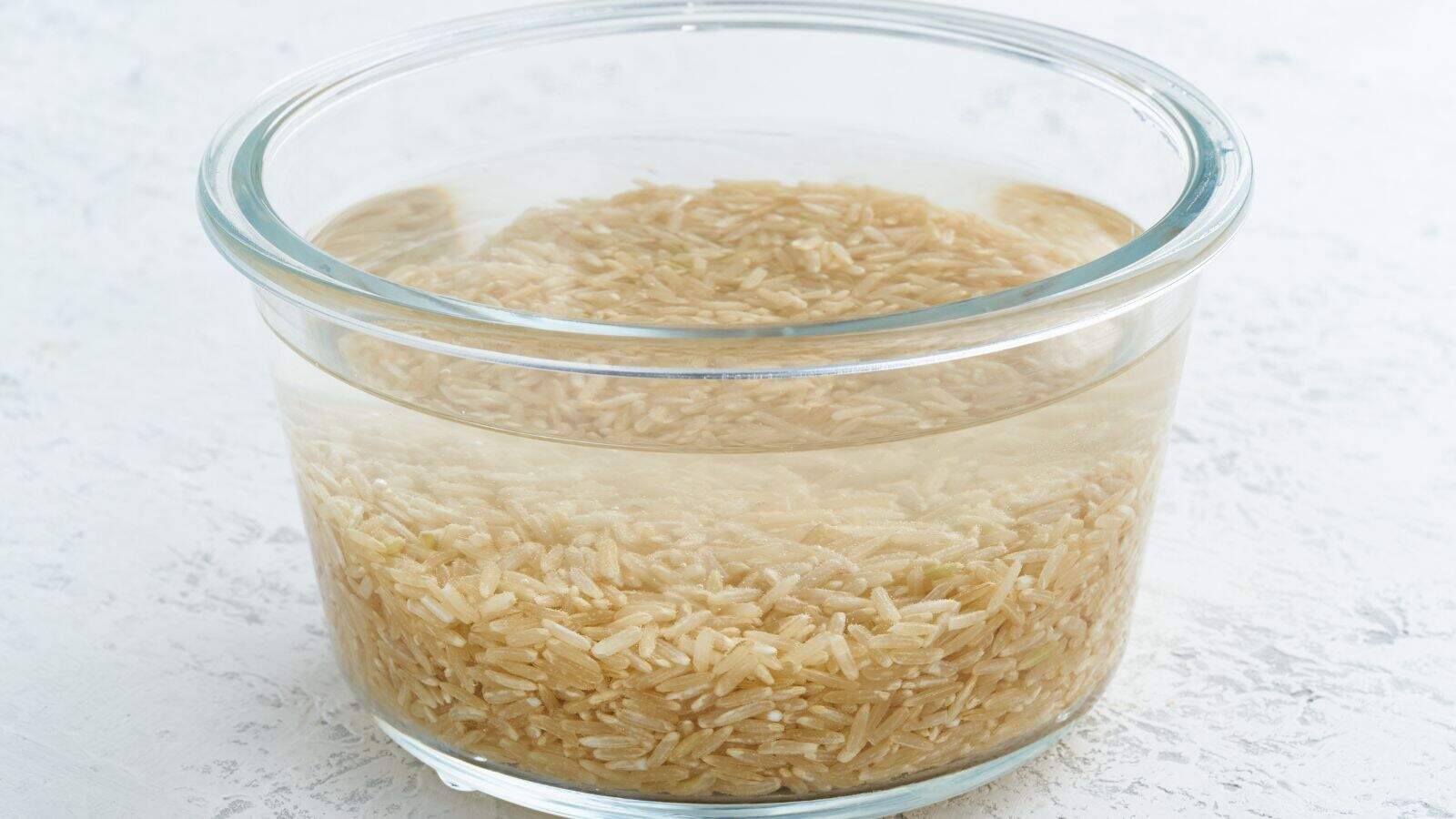
Allowing rice to soak in water before cooking softens the grains and shortens the cooking time. This process helps water penetrate the rice more evenly, which can lead to uniform texture throughout. Soaking is particularly useful for varieties like basmati, where it helps elongate the grains and reduce breakage during cooking. While not mandatory for every type, soaking can improve the final texture, making the rice less likely to clump and enhancing the separation of individual grains. It also helps reduce cooking time, which can be helpful when preparing meals quickly.
Use a Heavy-Bottomed Pot

Cooking rice in a pot with a thick base distributes heat more evenly across the surface, reducing the chance of burning or hot spots. Thin pots can cause the rice at the bottom to scorch while the upper layers remain undercooked. A heavy-bottomed pot maintains a steady temperature during simmering, promoting gentle and consistent cooking. This type of cookware supports better control over the heat, which is essential for rice to cook through properly without sticking or burning. Investing in a sturdy pot can improve the texture and quality of rice cooked on the stovetop.
Bring Water to a Boil, Then Simmer

Starting the cooking process by bringing the water and rice mixture to a rolling boil helps activate the starches within the grains, setting the stage for proper cooking. Once boiling, reducing the heat to a low simmer is crucial, as it allows the rice to cook gently without disturbing the grains. High heat during this phase can cause uneven cooking or burning at the bottom of the pot. Maintaining a gentle simmer encourages the water to absorb slowly, resulting in rice that is cooked evenly throughout and has a pleasant texture.
Do Not Lift the Lid While Cooking
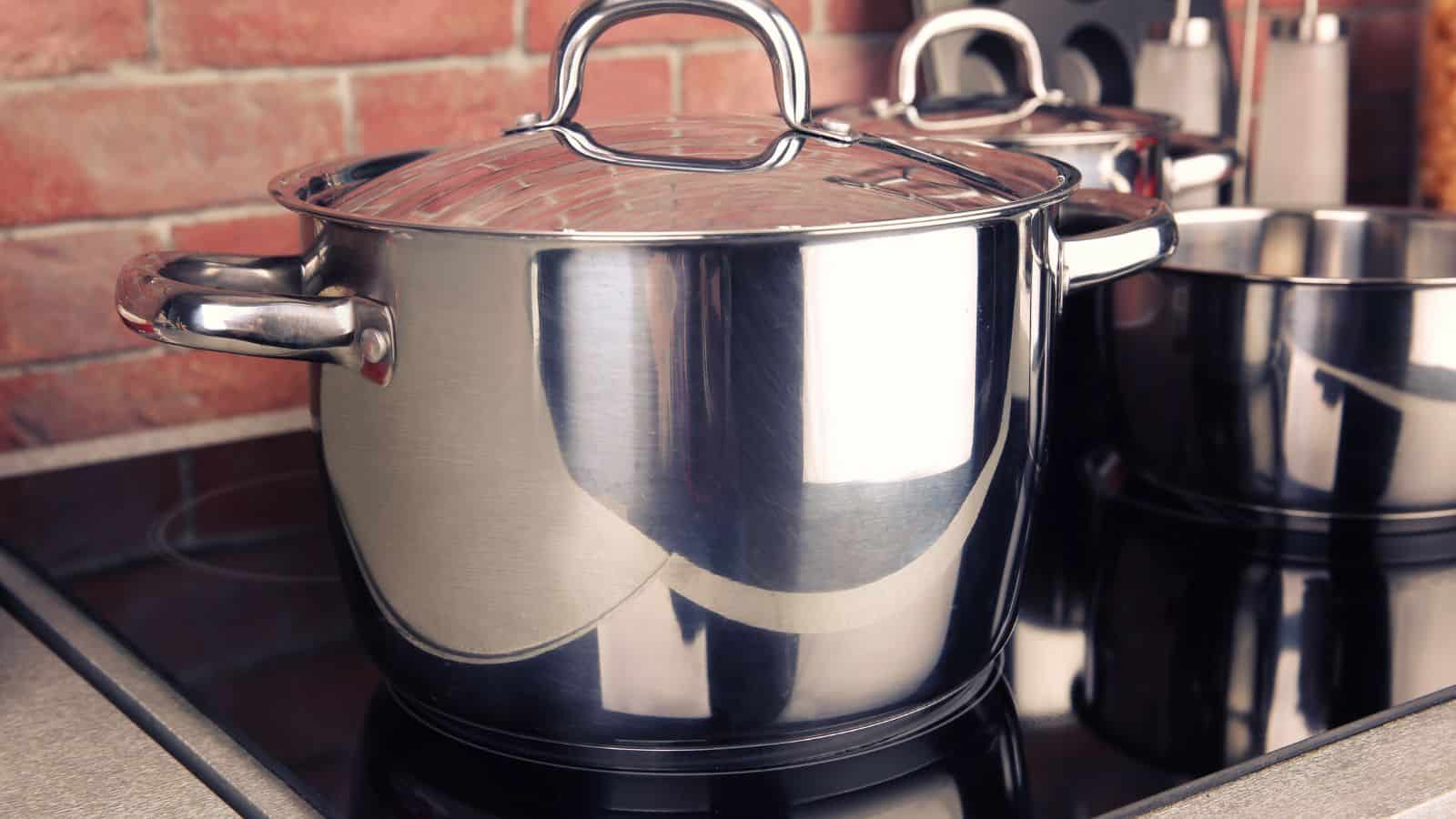
Keeping the lid securely on the pot during cooking traps steam inside, which is essential for the rice to cook thoroughly. Lifting the lid releases heat and moisture, disrupting the cooking environment and potentially resulting in uneven cooking. The trapped steam circulates around the grains, helping them cook uniformly and preventing dryness or sogginess. Avoiding the temptation to check on the rice too often allows the process to proceed uninterrupted, resulting in a consistent texture and properly cooked grains by the end of the cooking time.
Let it Rest After Cooking
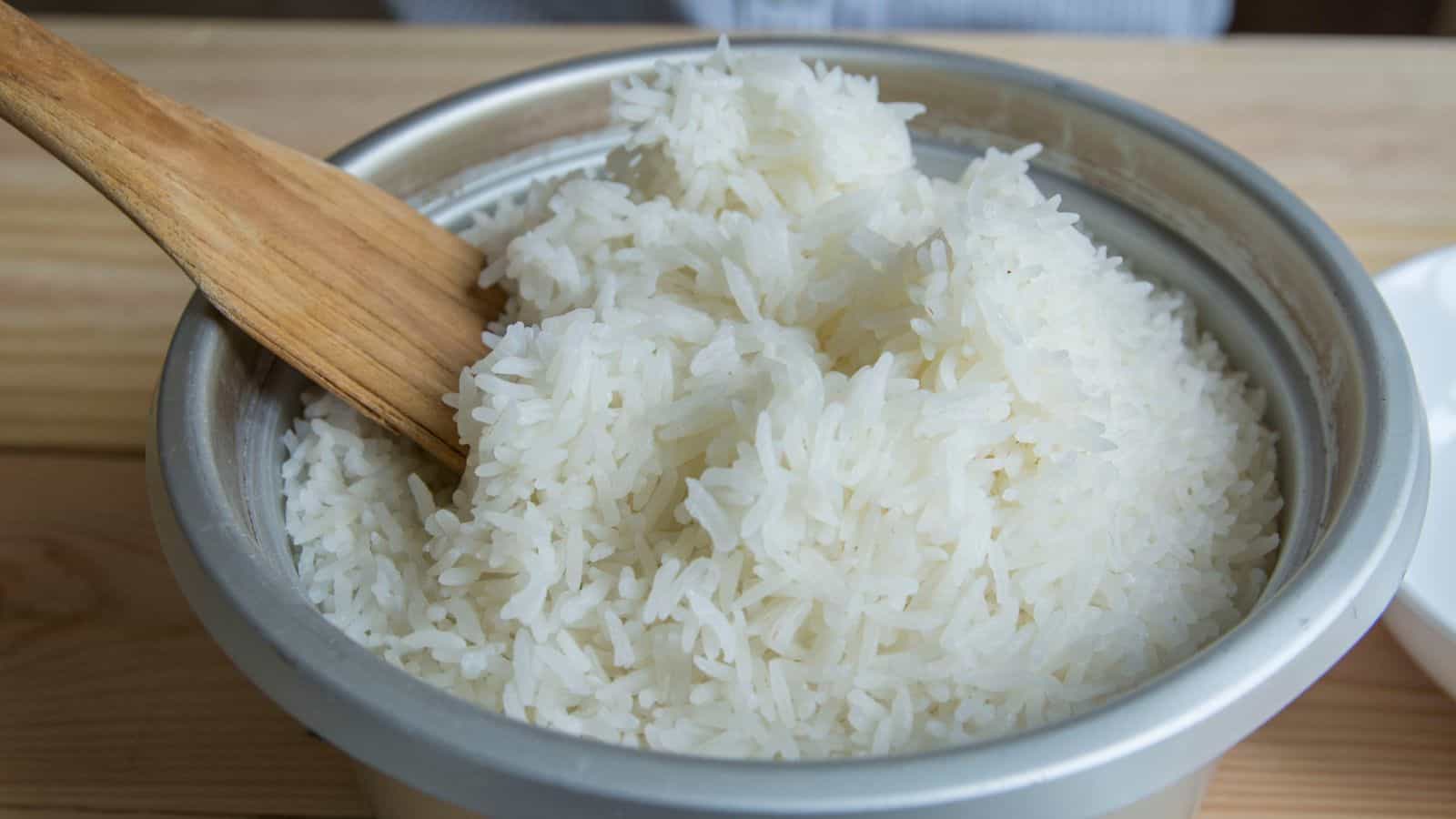
Once the rice has finished cooking, allowing it to rest with the lid on for several minutes helps the moisture redistribute evenly throughout the grains. This resting period allows any remaining steam to continue working gently, softening the rice and preventing clumps. It also makes the rice easier to handle, as the grains firm up slightly without becoming dry. Skipping this step can lead to uneven texture or stickiness, so giving the rice time to settle after the heat is turned off contributes to a better final result.
Get the Recipe: 8. Let it Rest After Cooking
Fluff with a Fork

Using a fork to gently separate the cooked rice grains prevents them from becoming mashed or compacted, unlike stirring with a spoon, which can press the grains together and create a dense texture. Fluffing with a fork helps lift and loosen the rice. This technique helps maintain the individual integrity of each grain, resulting in a lighter and more pleasant mouthfeel. Fluffing should be done carefully and just before serving to keep the rice light and airy, preventing it from clumping as it cools.
Season Properly
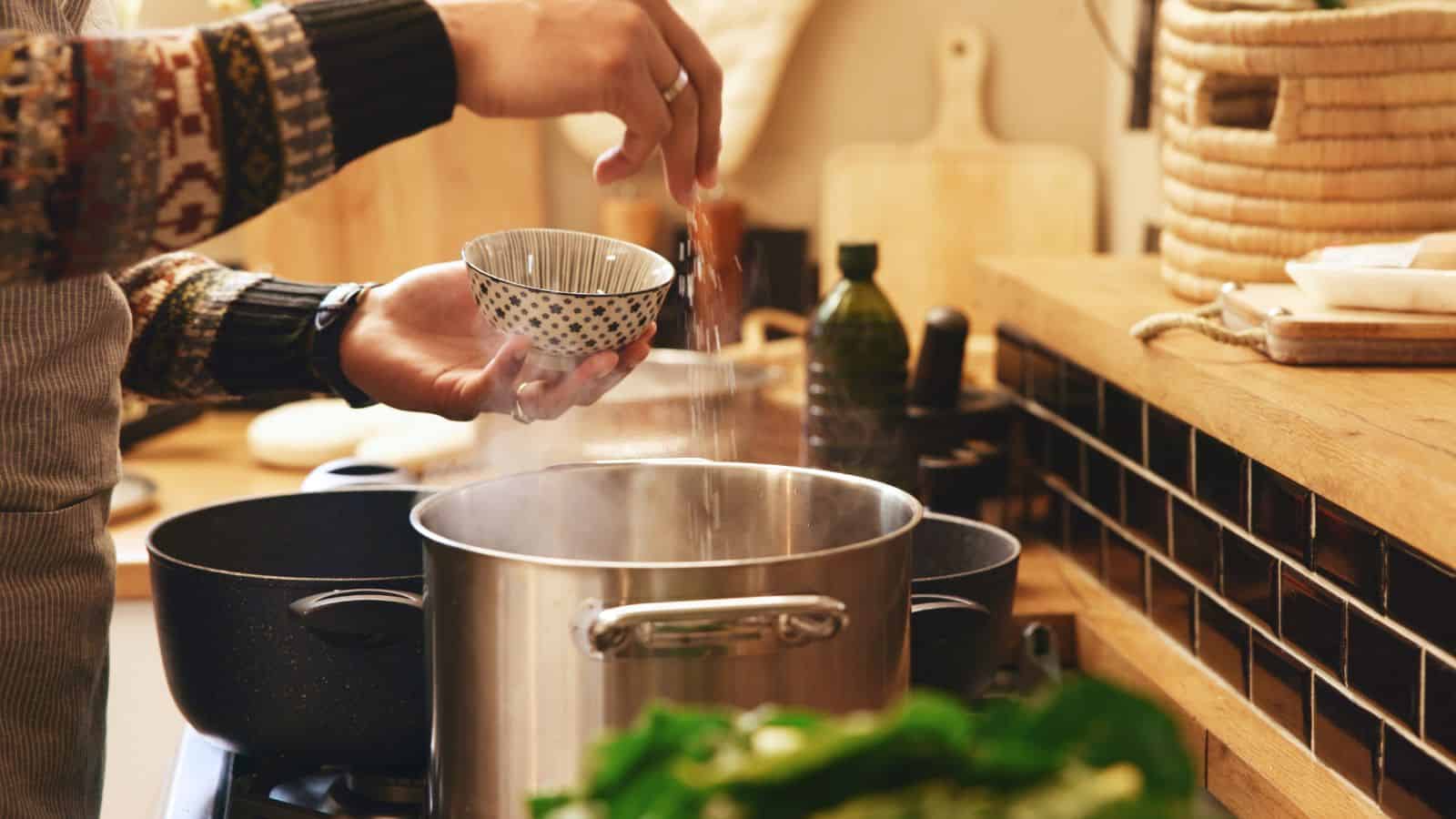
Adding salt to the water before cooking enhances the natural flavor of the rice, making it more enjoyable to eat. The seasoning penetrates the grains as they absorb water, creating a balanced taste throughout. For added depth, cooking rice in broth or infusing it with herbs and spices can introduce complexity without overpowering the dish. Proper seasoning during cooking sets the foundation for the rice’s flavor profile, eliminating the need for excessive additions later and complementing the accompanying ingredients.
Rice to the Occasion!
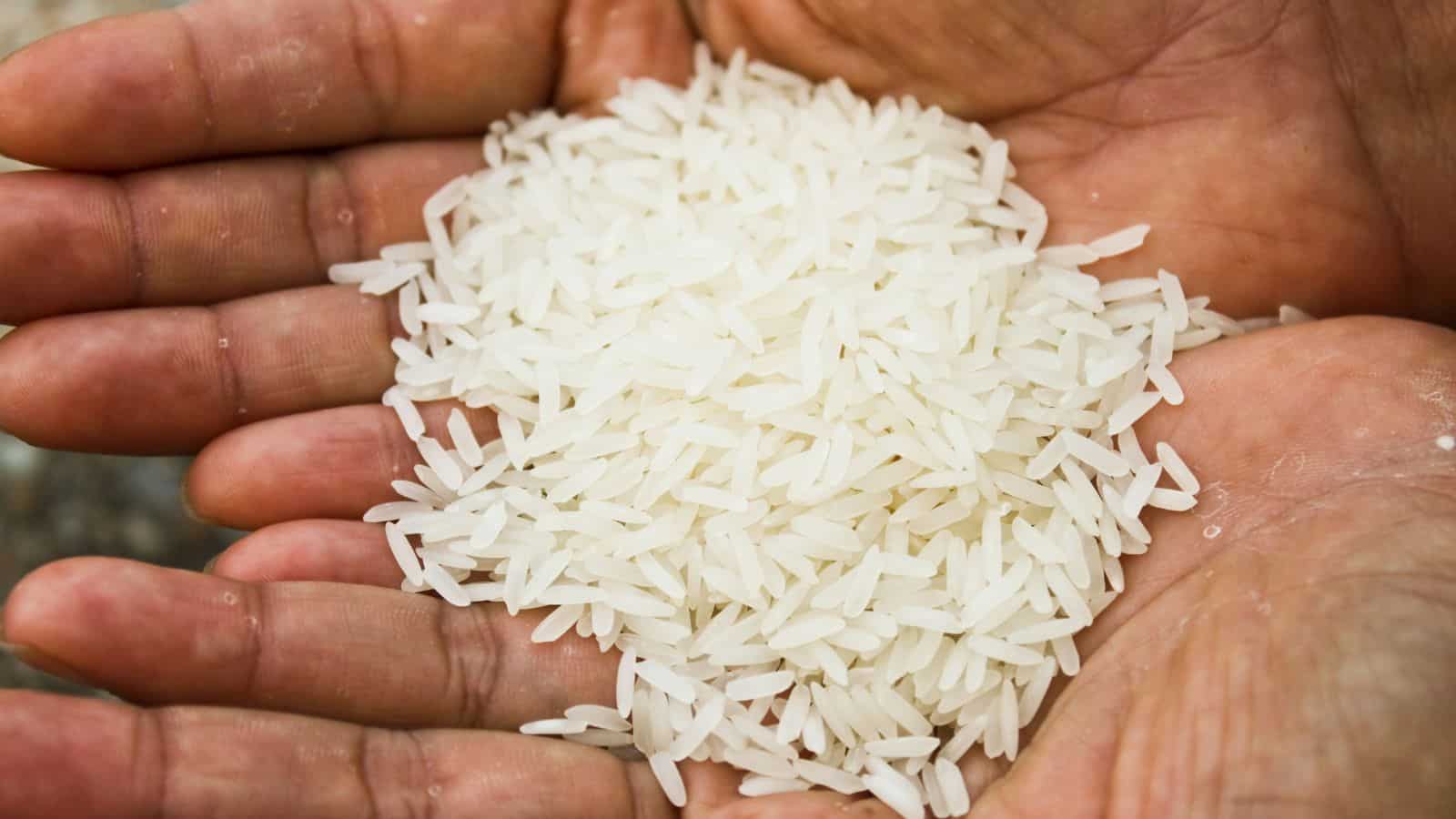
Making great rice doesn’t have to be a mystery or a hassle. By following a few simple steps and paying attention to the details, you can avoid common mistakes that lead to sticky or undercooked rice. It’s all about getting comfortable with the process and knowing what works best for the type of rice you’re using.
Once you’ve got these tips down, cooking rice will feel much easier and more reliable. You’ll be able to whip up a batch that’s fluffy and well-cooked every time, no matter what you’re serving it with. With a bit of practice, perfect rice will become a regular part of your cooking routine, making your meals better and your kitchen time less stressful.
Essential Food Safety Tips Every Home Cook Should Know

Food safety is a crucial aspect of cooking that often doesn’t get the attention it deserves. We all love preparing meals and sharing them with friends and family, but it's important to remember that improper food handling can lead to serious health risks. By adopting these 15 food safety tips, you can create a safe cooking environment that helps prevent foodborne illnesses.
Read it Here: 15 Essential Food Safety Tips Every Home Cook Should Know
Efficient Meal Prepping Tips for a Stress-Free Week Ahead
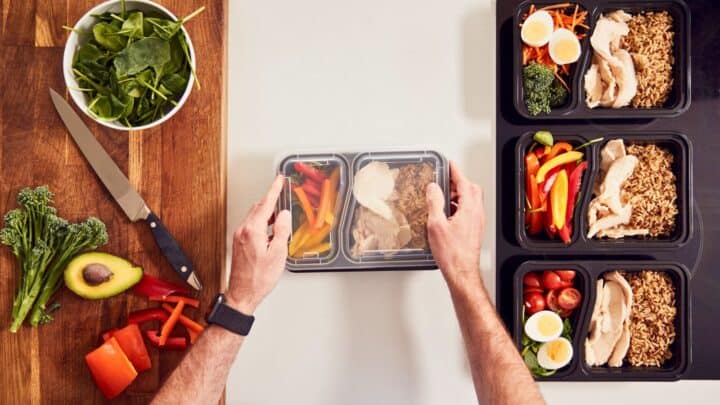
Meal prepping can be a game-changer for anyone looking to simplify their week and eat healthier. With our busy lives, finding time to cook every day can be tough, and that often leads to last-minute takeout or unhealthy snacks. This is why you need these 10 tips for meal prepping, so not only can you efficiently save time, but you can also take greater control of your nutritional intake.
Read it Here: 10 Efficient Meal Prepping Tips for a Stress-Free Week Ahead






Tell Me What You Think!